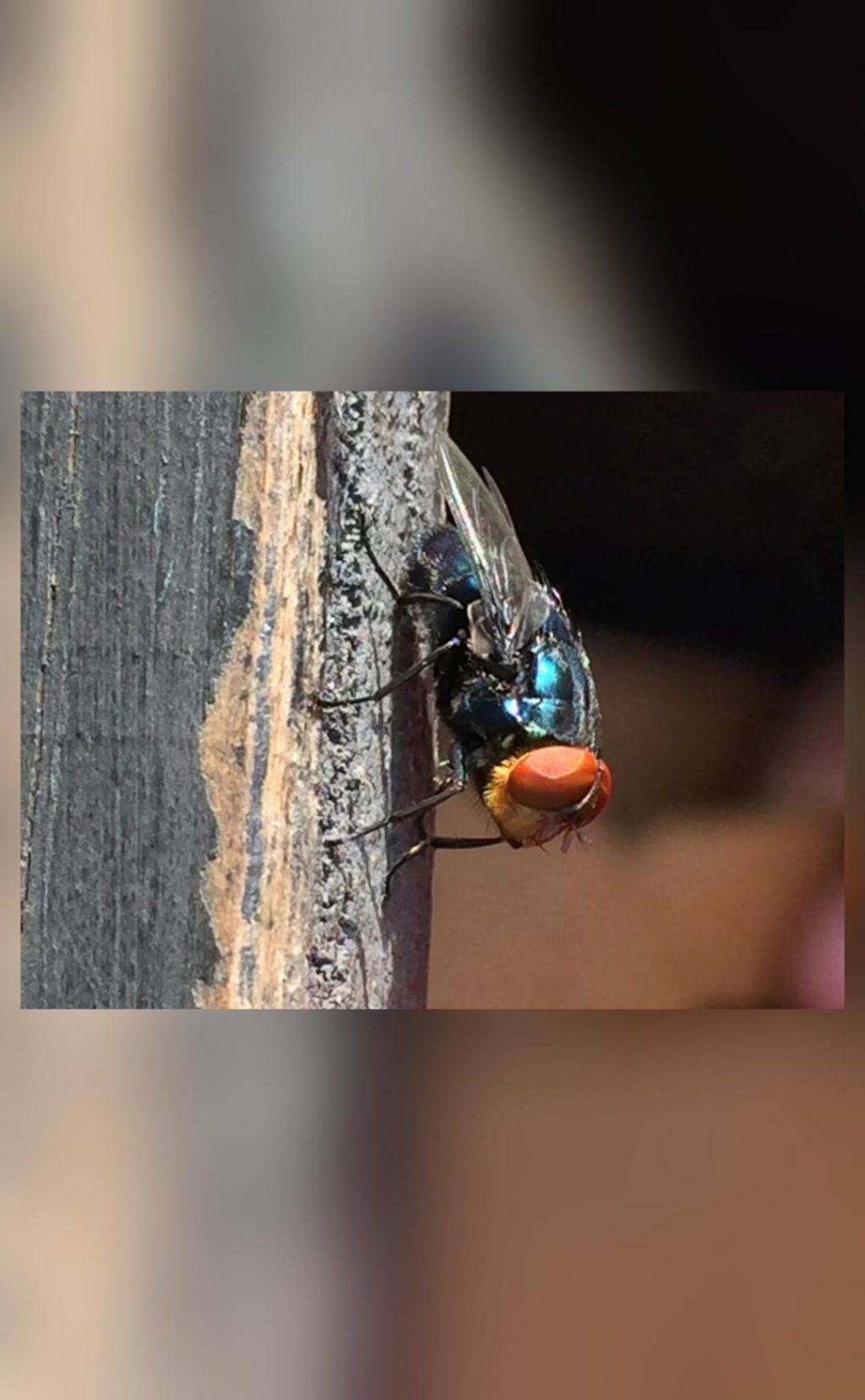
Why is the US planning to breed screwworm flies and dump them from planes over Mexico?
In a bizarre move, the US government is preparing to breed billions of male flies and dump them from planes over Mexico and southern Texas to protect its beef industry from the flesh-eating larvae of the New World screwworm fly. The plan, which has raised eyebrows among many, involves sterilizing the male flies with radiation so that they cannot reproduce with female flies and cause the population to die out.
The New World screwworm fly, also known as Chrysops nigrapes, is a parasitic insect that lays its eggs in the wounds or natural openings of livestock, such as cattle, horses, and pigs. The larvae that emerge from these eggs feed on the flesh of the animals, causing significant harm and even death. The fly is native to Central and South America, but it has been introduced to the United States and has caused significant economic losses to the cattle industry.
The US Department of Agriculture (USDA) has been working on a plan to combat the screwworm fly infestation, and it has finally decided to take a unique approach. The plan involves breeding millions of male flies in a laboratory and then releasing them over the areas where the screwworm flies are most active. The sterilized male flies will mate with the female flies, but they will not be able to produce offspring, effectively reducing the population of the screwworm fly.
According to the USDA, the plan is expected to be highly effective in reducing the population of the screwworm fly. The agency claims that the sterile males will mate with the female flies, causing the female flies to lay eggs that will not hatch. This will eventually lead to a decline in the screwworm fly population, and eventually, its elimination.
The plan is not without its challenges, however. For one, it requires a significant amount of resources, including funding and personnel. The USDA will need to build specialized facilities to breed the flies and then transport them to the areas where they will be released. Additionally, there is always a risk that the sterilized male flies may not be able to mate successfully with the female flies, reducing the effectiveness of the plan.
Despite these challenges, many experts believe that the plan is worth trying. The screwworm fly is a significant threat to the cattle industry, and any solution that can effectively eliminate it is worth exploring. The USDA is working closely with the Mexican government to implement the plan, and it is expected to begin releasing the sterilized male flies in the coming weeks.
How will the plan work?
The plan to breed and release sterilized male screwworm flies is a complex process that involves several steps. Here’s a breakdown of how it will work:
- Breeding: The USDA will breed millions of male screwworm flies in a laboratory. The flies will be kept in specialized enclosures and fed a diet that is designed to mimic their natural habitat.
- Sterilization: The male flies will be sterilized using radiation. This will ensure that they are unable to reproduce with female flies and produce offspring.
- Transportation: The sterilized male flies will be transported to the areas where they will be released. This will likely involve using specialized aircraft or vehicles to transport the flies.
- Release: The sterilized male flies will be released over the areas where the screwworm fly is most active. This will typically involve releasing the flies in areas with high concentrations of livestock, such as cattle ranches and farms.
- Mating: The sterilized male flies will mate with the female flies, causing them to lay eggs that will not hatch. This will eventually lead to a decline in the screwworm fly population.
Conclusion
The plan to breed and release sterilized male screwworm flies is a unique and innovative approach to combating the screwworm fly infestation. While it is not without its challenges, many experts believe that it has the potential to be highly effective in reducing the population of the screwworm fly. The USDA is working closely with the Mexican government to implement the plan, and it is expected to begin releasing the sterilized male flies in the coming weeks.
Source:






